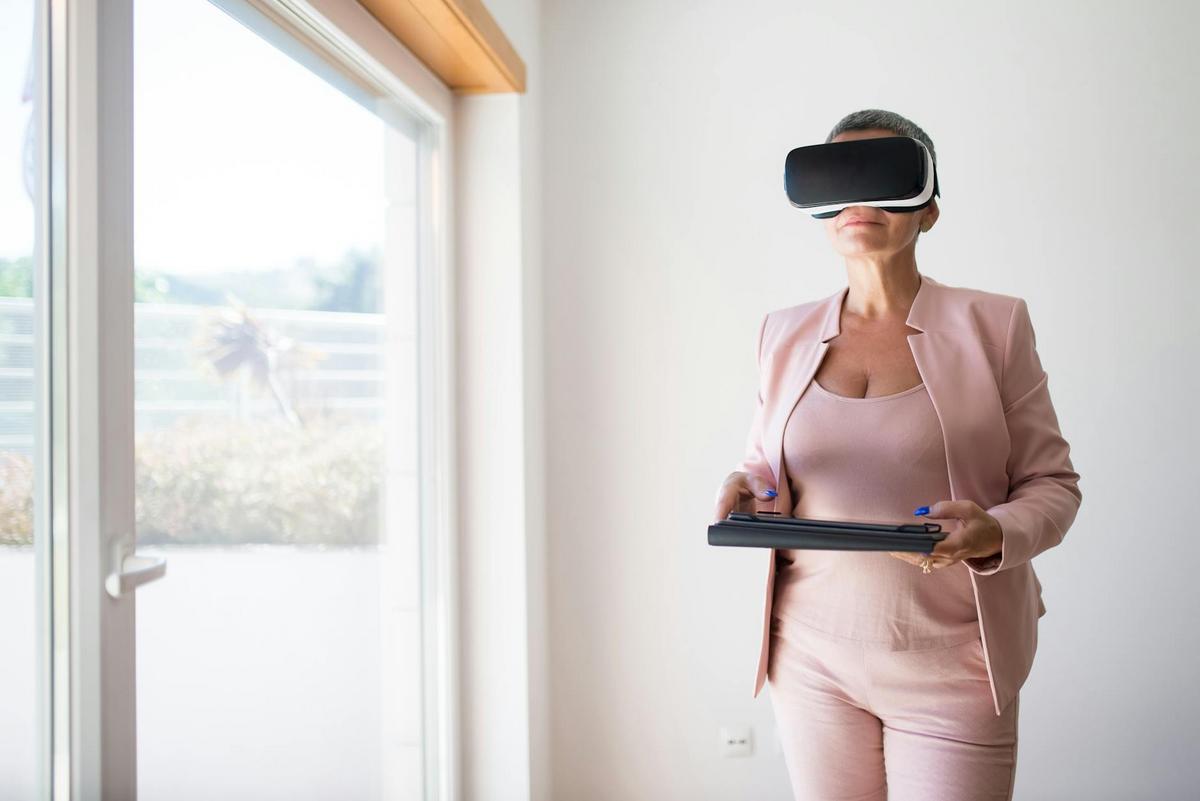
Augmented Reality in Real Estate: Enhancing Property Listings
Imagine being able to walk through a property without leaving your home, visualizing every room in detail and even modifying elements to suit your style. This is the transformative power of Augmented Reality (AR) in real estate, a technology that is reshaping the way properties are presented and sold.
Understanding Augmented Reality in Real Estate
Augmented Reality is a technology that overlays digital information onto the real world. In real estate, it enables potential buyers to experience properties in a more immersive way. According to a report by Goldman Sachs, AR and VR technologies in real estate are expected to generate $80 billion by 2026, demonstrating their growing significance.
The Impact of AR on Property Listings
AR enhances property listings by providing an interactive experience. Prospective buyers can view properties in 3D, customize features like wall colors or furniture placement, and make informed decisions without physical visits. As real estate agent Isaac Murphy notes, “AR empowers buyers to visualize not just the property, but its potential.”
Statistics on AR Adoption
A study by Deloitte found that 63% of consumers believe AR enhances their shopping experience, which includes property hunting. This indicates a significant opportunity for real estate professionals to leverage AR in marketing strategies.
Real-Life Applications of AR in Real Estate
- Virtual Tours: Allow buyers to explore properties remotely, providing a sense of scale and space.
- Customization Options: Buyers can experiment with different design elements, enhancing personalization.
- Neighborhood Exploration: AR can provide information about local amenities, schools, and transportation links.
Actionable Tips for Real Estate Professionals
- Invest in AR technology to create engaging virtual tours.
- Use AR tools to highlight key features and customization options in listings.
- Educate your team on how to effectively use AR to improve customer interactions.
To maximize the impact of AR, integrate it with other digital marketing strategies such as social media campaigns and email marketing to reach a wider audience.
Comparison: Traditional vs. AR-Enhanced Listings
| Feature | Traditional Listing | AR-Enhanced Listing |
|---|---|---|
| Visualization | Static images | Interactive 3D models |
| Customization | Limited to verbal descriptions | Full customization options |
| Engagement | Low | High |
| Buyer Experience | Standard | Immersive |
| Information | Basic | Detailed with local insights |
| Decision Making | Requires physical visit | Possible remotely |
| Cost | Lower initial cost | Higher initial investment |
| Reach | Local | Global |
Frequently Asked Questions
How does AR benefit real estate buyers?
AR allows buyers to experience properties in a more interactive and detailed manner, reducing the need for multiple physical visits and helping them make informed decisions.
Is AR technology expensive to implement?
While there is an initial investment, the long-term benefits of attracting more buyers and closing deals faster can outweigh the costs.
Can AR be used for commercial real estate?
Yes, AR is highly beneficial for commercial properties as it allows potential tenants to visualize the space and design layouts according to their business needs.
Conclusion
Augmented Reality is not just a trend but a revolutionary tool in real estate. By enhancing property listings with AR, real estate professionals can provide a richer, more detailed experience that meets the evolving expectations of modern buyers. As technology continues to advance, embracing AR can be a game-changer for those looking to stand out in the competitive real estate market. For more insights on technology in real estate, explore our additional resources and articles on this topic.


